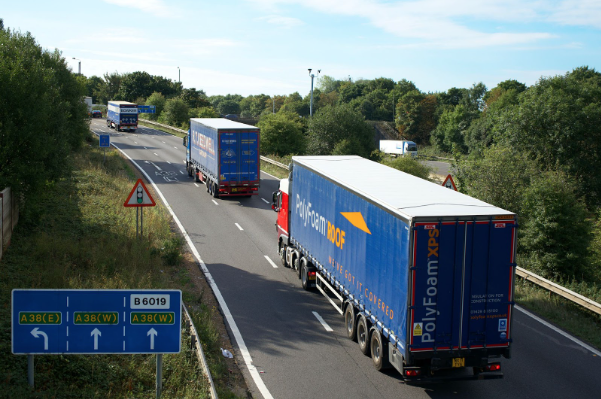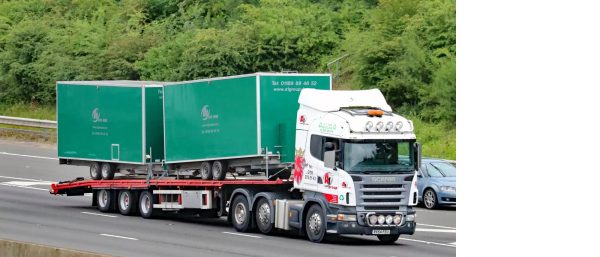Managing a fleet of vehicles isn’t easy, but by embracing some of the latest tech solutions it can be simpler. There are many different ways in which companies currently monitor and manage their fleets. Below are some of the most common examples.

GPS tracking
Using a GPS tracker, it’s possible to track the precise geolocation of every vehicle. This could be a GPS that is already integrated into the vehicle, which can then be linked up to a device you own to track each vehicle on a map. Alternatively, you can track the GPS location of your driver’s phone or tablet – this could be useful if drivers aren’t always in their vehicle and you want to track their location rather than that of the vehicle. There’s then the option of a separate GPS device which could be plugged into a vehicle that doesn’t already have integrated GPS.
You’ll need appropriate software to track the GPS location of each vehicle/driver. When outsourcing drivers and vehicles, there may be third-party apps that you can use to do this such as Uber or Roadie. When hiring drivers as employees, you need to be sure that they are willing to share their location. Supplying vehicles or devices may be necessary, as it could be considered a breach of privacy to track employees’ personal vehicles and devices.
Hands-free phone calls
Phone calls are a quick and convenient way to communicate with your team, however it is of course dangerous for drivers to use a handset while driving. While drivers may be able to pull over to answer calls, it is much more efficient to set up hands free calling. These calls could be through your driver’s phone or through a mic and speakers integrated into the vehicle.
Regular phone calls can be invasive, and even when hands-free they may be distracting to drivers, so you should aim to limit calls as much as possible as a form of communication. They are most useful for urgent information – anything else can be sent as a message and read later when a driver stops.
Field service software
Field service software can be another useful way to keep track of your fleet. Drivers can access this software on a phone or app and use it to report back information on deliveries or appointments (as may be the case with a fleet of tradesmen). You can also schedule tasks through this app. It’s also possible to connect drivers with customers through some apps, so that your drivers can call and message them directly when they’re on the way or send an invoice there and then.
Such software can usually only be used by drivers when they are parked or out of the vehicle. When it comes to emergency communication, you may therefore still want to rely on phone calls (although it’s worth noting that some field service software does have hands free call options integrated).
Vehicle analytics
Using OBD devices, it may be possible to remotely monitor various vehicle performance analytics. This includes fuel consumption, speed, brake use and other performance metrics to help you monitor how well your drivers are driving. Many cars have these OBD devices already fitted, however it’s possible to buy them as add-on accessories if this is not the case.
These analytics may be possible to view in real time through an app. You may even be able to set up alerts if a driver exceeds the speed limit or is not driving economically enough. Such analytics may also help you to check the health of each vehicle so that you can schedule repairs as soon as possible for any issues.
Live dashcam access
Live dashcams are one of the more modern innovations that fleets are taking advantage of. These cameras can be positioned facing the road or into the driver’s cabin. The option of collecting live footage then allows you to monitor your drivers to make sure that they are driving safely. Dashcams have many other advantages including providing video evidence for insurance claims or personal injury lawsuits, as well as being possible to use in training. They can also be used as substitutes for mirrors in blindspots – which can be useful for lorries and vans.
Dashcams can be installed onto pretty much any vehicle. Some modern vehicles already have them fitted, however you may still find that it benefits you and your drivers to install additional cameras (such as cameras facing the inside of the cabin or cameras attached to trailers to help with reversing). Some cameras are easy to set up, while others may need to be professionally installed.


